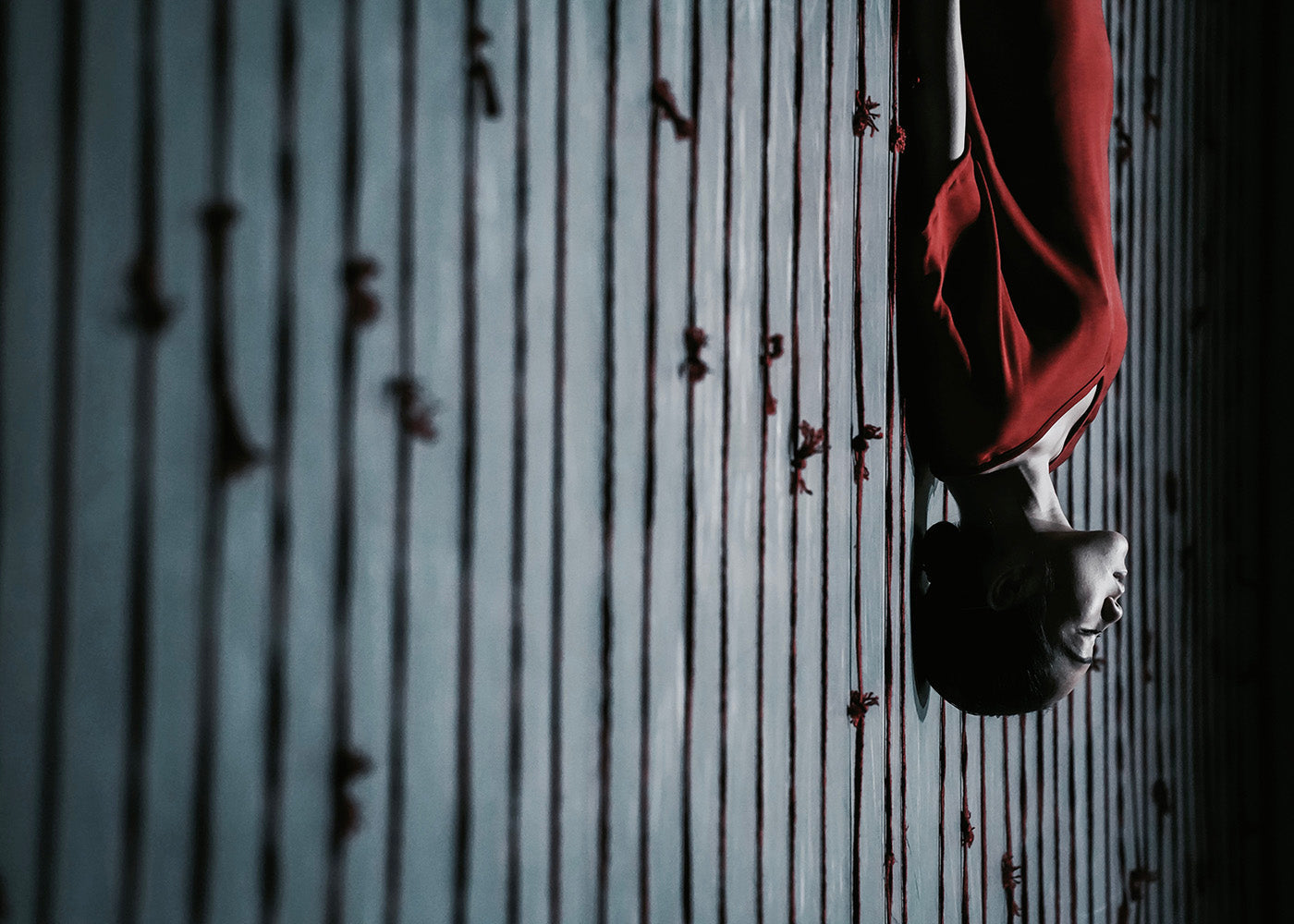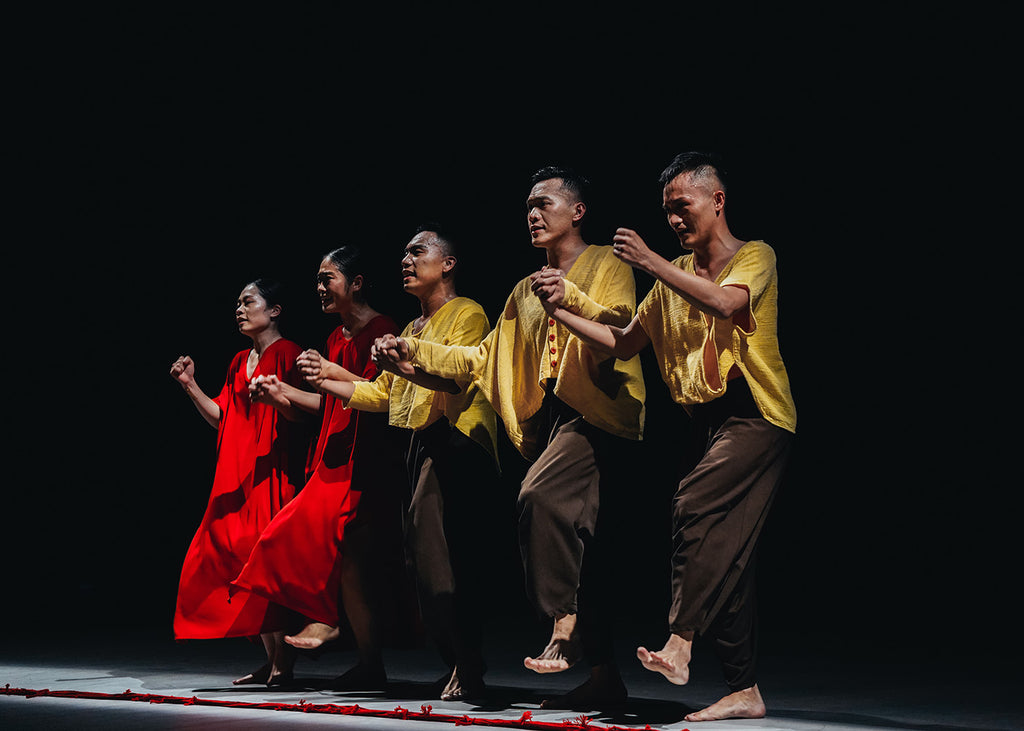Critic's Picks 2025
Throughout the year, our critics attend hundreds of dance performances, whether onsite, outdoors, or on the proscenium stage, around the world.
Continue Reading
World-class review of ballet and dance.
As October starts to draw to an end, so too does Dance Umbrella, London’s annual international dance festival. Having worked their way through the Barbican and Sadler’s Wells East, one of the final programmes is on at the Place—which has had an especially impressive Autumn season. The Taiwanese company Tjimur Dance Theatre brings their work “Bulabulay Mun?” meaning “how are you?” from resident choreographer Baru Madiljin. The company’s art reflects the history and culture of the Paiwan people, one of Taiwan’s indigenous communities.
Performance
Place
Words



“Uncommonly intelligent, substantial coverage.”
Your weekly source for world-class dance reviews, interviews, articles, and more.
Already a paid subscriber? Login

Throughout the year, our critics attend hundreds of dance performances, whether onsite, outdoors, or on the proscenium stage, around the world.
Continue ReadingOn December 11th, the Alvin Ailey American Dance Theater presented two premieres and two dances that had premiered just a week prior.
Continue ReadingThe “Contrastes” evening is one of the Paris Opéra Ballet’s increasingly frequent ventures into non-classical choreographic territory.
Continue ReadingI’m in the audience of the Pit to watch Kaori Ito’s solo performance, “Robot, l'amour éternel.” It’s in the blackbox performing space at the New National Theatre Tokyo, intimate and close. The stage is an open, raised platform, gauzy white fabric covering the floor.
Continue Reading
comments